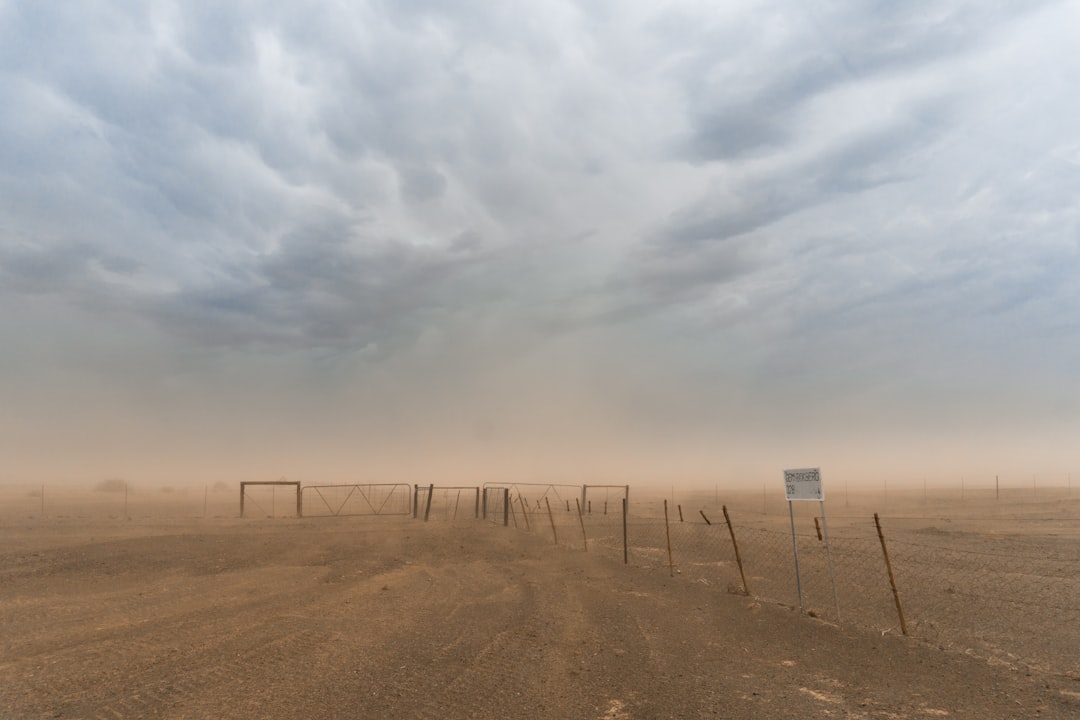What is it about?
Recurrent microbialite proliferations during the Early Triassic are usually explain by ecological relaxation and abnormal oceanic conditions! The case study of Mineral Mountain supports the claims that the proliferation of microbialites cannot be used as a direct evidence for harsh environmental conditions. Due to the presence of numerous metazoans associated with microbialites throughout the Smithian increase in accommodation and Spathian decrease in accommodation, the commonly assumed anachronistic character of the Early Triassic microbialites and the traditional view of prolonged deleterious conditions during the Early Triassic time interval is questioned.
Featured Image
Why is it important?
This study questions the commonly accepted view of global deleterious environmental conditions associated with Early Triassic microbialites and, more particularly, within the western USA Basin
Read the Original
This page is a summary of: Microbial deposits in the aftermath of the end-Permian mass extinction: A diverging case from the Mineral Mountains (Utah, USA), Sedimentology, February 2015, Wiley,
DOI: 10.1111/sed.12166.
You can read the full text:
Contributors
The following have contributed to this page










